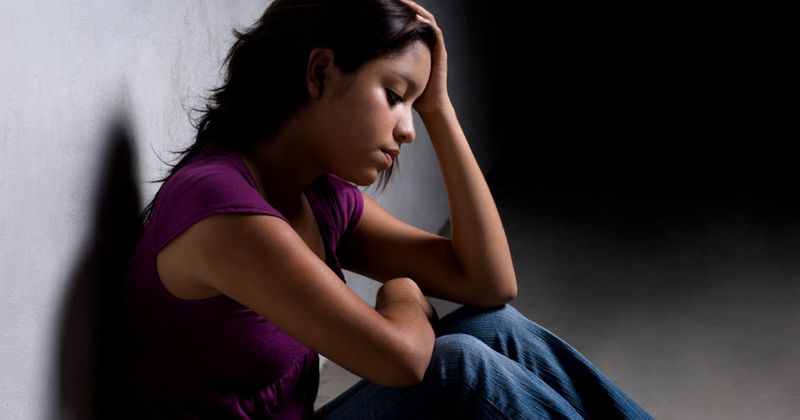Later school start time linked to fewer migraine days in adolescents
Click Here to Manage Email Alerts
Adolescents with migraine who have later school start times have fewer migraines, according to research published in Headache: The Journal of Head and Face Pain.
“Evidence suggests that there is a relationship between sleep and migraine,” Amy Gelfand, MD, a neurologist in the Pediatric Headache Program at the University of California, San Francisco Benioff Children's Hospitals, said in a press release, adding that 8% to 12% percent of adolescents suffer from migraine. “Getting adequate sleep and maintaining a regular sleep schedule may reduce the frequency of migraines.”

Gelfand and colleagues conducted a cross-sectional online survey of high school students in the United States who had migraine. Participants were recruited over social media and were given a $10 Amazon gift card for completing the survey.
A total of 1,012 respondents who reported headaches that fit the criteria for migraine were included in the survey, with 509 starting school before 8:30 a.m., and 503 starting school after 8:30 a.m.
Gelfand and colleagues found that the mean number of self-reported migraine days each month was 4.8 days in the later start time group and 7.7 days in the earlier start time group.
They also determined that the mean number of self-reported hours of sleep on school nights was 7.9 hours in the late start group and 6.9 hours in the early start time group.
After adjusting for total hours of sleep, sex, migraine preventive treatment, days of medication use, homework, grade, and whether the participants ate breakfast, the researchers found that the number of self-reported migraine days was still lower in the late start group (5.8; 95% CI, 5.3-6.2) than the early start group (7.1; 95% CI, 6.7-7.4), with a mean difference of 1.3 (95% CI, 1.9 to 0.7).
In the press release, Gelfand noted that the effect size was similar to that seen in studies on migraine prevention medications.
“If our findings are confirmed in future research, shifting to a later high school start time is a modifiable, society-level intervention that could translate to thousands of fewer migraine days and fewer missed days of school for teenagers,” Gelfand said.
References:
Gelfand A, et al. Headache. 2020;doi:10.1111/head.14016.

